Curtis at HopHeadSaid hosts The Session #55, asking contributors to to write about “fabulous world of beer art found on coasters, labels and caps.” This is my contribution. Check out what everybody else has to say in his roundup.
The liquid is gone. Bits of paper and vivid memories remain.
As much affection as I have for table tent from Bell’s Brewery that reads “Pierces your tongue without the nasty metal taste” and sits on a bookcase in the corner it doesn’t soothe my soul like the coaster pictured below. Make no mistake, we love Bell’s beers and during our grand adventure they let us camp in the brewery parking lot. But the table tents (the other reads, “Not tested on animals. Probably because we get so many volunteers.) are not connected to a specific memory.
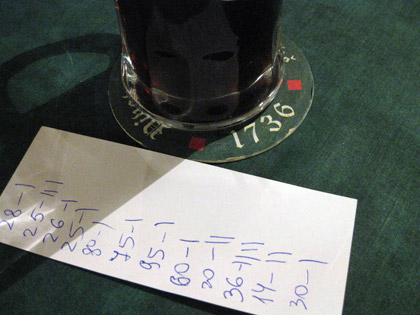
This one is. The photo first appeared “Where in the Beer World?” nearly three years ago, and you’ll find the basic story there. It was taken during a memorable evening with Evan Rail that included several stops. This was the special one, and we might have lingered longer. However, when the conversation in Russian behind us started to get louder Evan suggested it was time to move on. “I think they might be in the mob,” he said.
Anyway, we’ve still got the coaster.
We don’t really collect coasters. We grab them along the way, toss them in a drawer, use them, weed them out from time to time. It would be even more dangerous to collect bottles (and the labels), so the rule is “new one in, old one out.” The only permanent fixture is the empty bottle of Thomas Hardy’s Ale from 1968.
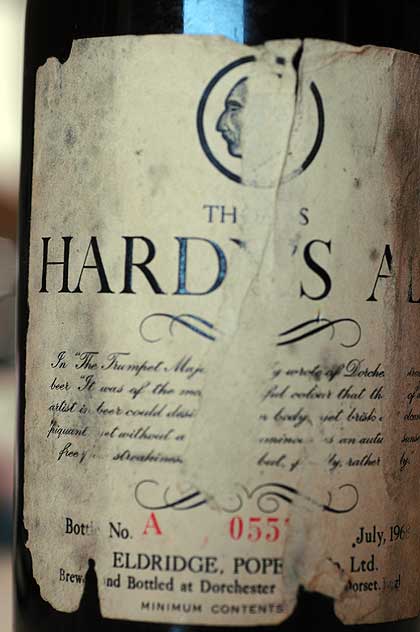
I wrote about opening the bottle here and here. It was produced at the Eldridge Pope Brewery, which is connected to still more memories for us.
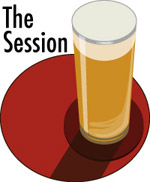 I’ve already taken a look at the roundup (growing as I write) and some of the artwork is wonderful.
I’ve already taken a look at the roundup (growing as I write) and some of the artwork is wonderful.
For instance, the new labels Left Hand Brewing introduced in 2010 are flat out stunning. But we’re not ready to throw out our old-style Left Hand coaster. Got it at Mike O’Shay’s Restaurant in Longmont.
But that’s another story.
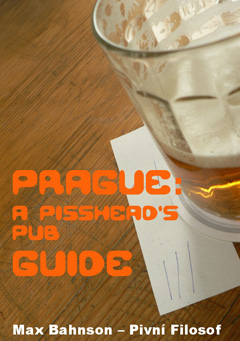 There is much
There is much 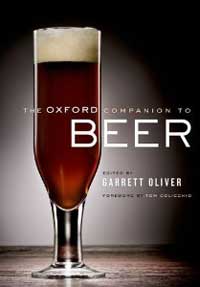 Can you imagine two wine drinkers sitting in a cafe arguing about monoterpenes1 and asking the bartender to drag a copy of The Oxford Companion to Wine from the the bookshelf to settle a bet?
Can you imagine two wine drinkers sitting in a cafe arguing about monoterpenes1 and asking the bartender to drag a copy of The Oxford Companion to Wine from the the bookshelf to settle a bet?